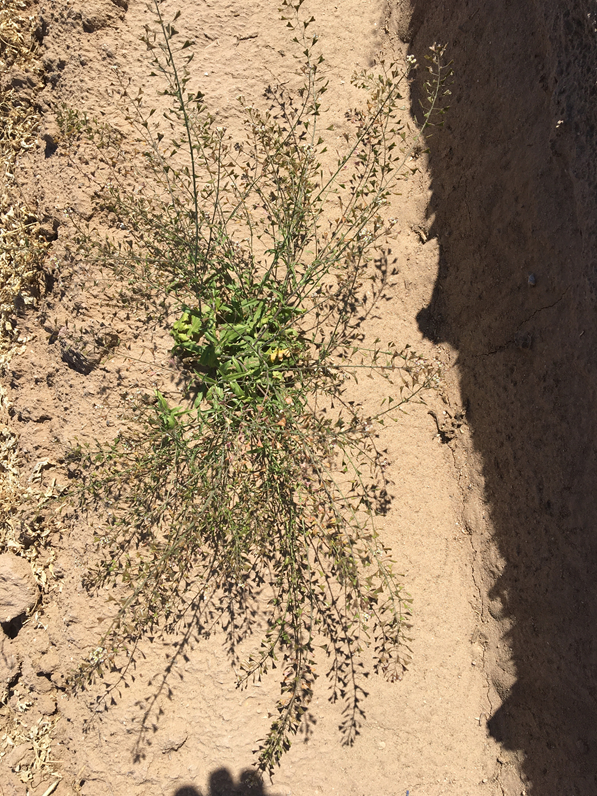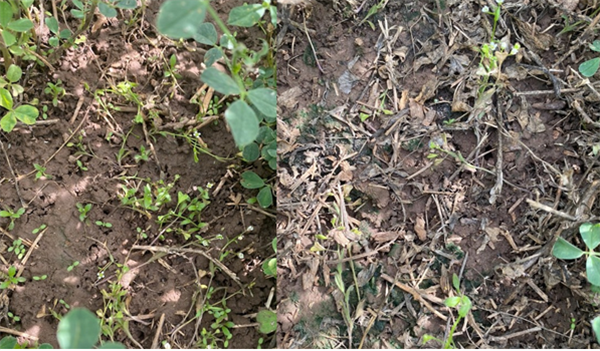



I hope you are frolicking in the fields of wildflowers picking the prettiest bugs.
I was scheduled to interview for plant pathologist position at Yuma on October 18, 2019. Few weeks before that date, I emailed Dr. Palumbo asking about the agriculture system in Yuma and what will be expected of me. He sent me every information that one can think of, which at the time I thought oh how nice!
When I started the position here and saw how much he does and how much busy he stays, I was eternally grateful of the time he took to provide me all the information, especially to someone he did not know at all.
Fast forward to first month at my job someone told me that the community wants me to be the Palumbo of Plant Pathology and I remember thinking what a big thing to ask..
He was my next-door mentor, and I would stop by with questions all the time especially after passing of my predecessor Dr. Matheron. Dr. Palumbo was always there to answer any question, gave me that little boost I needed, a little courage to write that email I needed to write, a rigid answer to stand my ground if needed. And not to mention the plant diagnosis. When the submitted samples did not look like a pathogen, taking samples to his office where he would look for insects with his little handheld lenses was one of my favorite times.
I also got to work with him in couple of projects, and he would tell me “call me John”. Uhh no, that was never going to happen.. until my last interaction with him, I would fluster when I talked to him, I would get nervous to have one of my idols listening to ME? Most times, I would forget what I was going to ask but at the same time be incredibly flabbergasted by the fact that I get to work next to this legend of a man, and get his opinions about pest management. Though I really did not like giving talks after him, as honestly, I would have nothing to offer after he has talked. Every time he waved at me in a meeting, I would blush and keep smiling for minutes, and I always knew I will forever be a fangirl..
Until we meet again.
Shallowing steaming soil for weed control in spinach and baby leaf lettuce crops – machine in action and trial results (>89% weed control) video. Watch it here!
Fig. 1. Steam applicator principally comprising a 63 BHP steam generator
mounted on a bed-shaper applicator sled for killing weed seed prior to planting.
Steam applicator injects steam as beds are formed.After cooling (< ½ a day), the
crop is planted into the disinfested soil.
We have seen abundant Shepherdspurse recently in Yuma, AZ. Most of us are familiar with this winter annual broadleaf weed but we are adding a brief description:
Scientific name: Capsella bursa – pastoris
Season: Winter Annual
Habitat: Present in all crops and ditch banks, home gardens.
Cotyledons: Oval with a short petiole.
Leaves: First true leaves with hairs and spoon shape. Can have different shapes and form a rosette soon after emergence.
Young plants: Are mostly basal rosettes.
Mature plants: grow up to 20” with flower stems with sparse small leaves.
Flowers and Fruit: Flowers are pale pink and fruits are heart shaped or triangular seed pods.
Shepherdspurse is from the mustard or crucifer family, which includes many crops grown here such as broccoli, cauliflower, kale, kohlrabi, mustard greens and others.
In our production practices we commonly select some weed species that survive our methods of control. This weed has been around for a long time and has become increasingly widespread in recent years. The similarities with brassica crops add to the difficulty to control the weed as well as plant characteristics and growth habits.
In vegetables, Kerb can control shepardspurse when the product placed in the seed germination area close to the surface. If the product leaches the efficacy decreases. Dacthal, Prefar, Prowl, and Balan are less effective on this weed1.
Shepherspurse has proliferated in alfalfa recently and we are conducting some trials for its control. The results will be shared with PCAs and posted in our website when we finish collecting the data.


Fig 1. Images of an untreated plot compared to Raptor + Pursuit + Butyrac 200 +
NIS in alfalfa 4DAT.
Reference:
1.https://ag.arizona.edu/crops/vegetables/advisories/more/weed31.html
2.https://ipm.ucanr.edu/PMG/WEEDS/shepherdspurse.html#:~:text=Mature%20plant&text=Leaves%20vary%20in%20shape%20and,reduced%20in%20size%2C%20and%20stalkless.